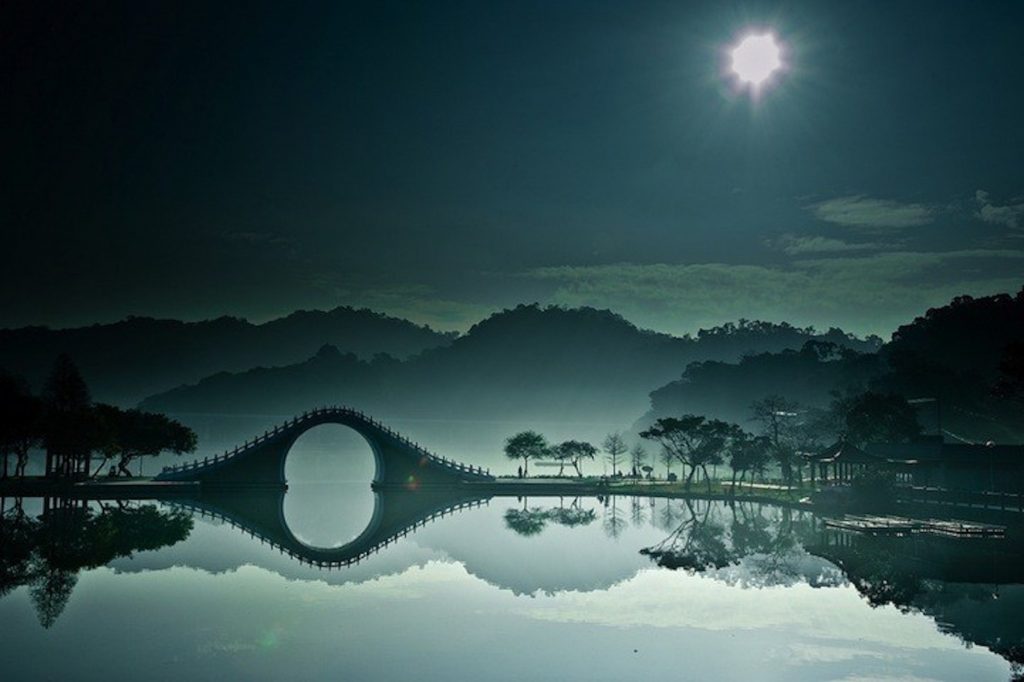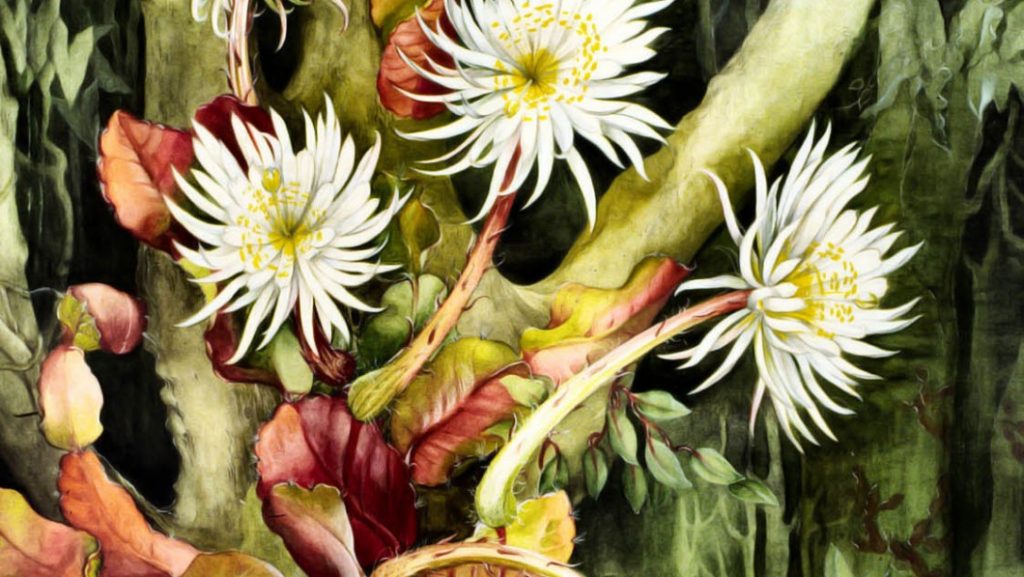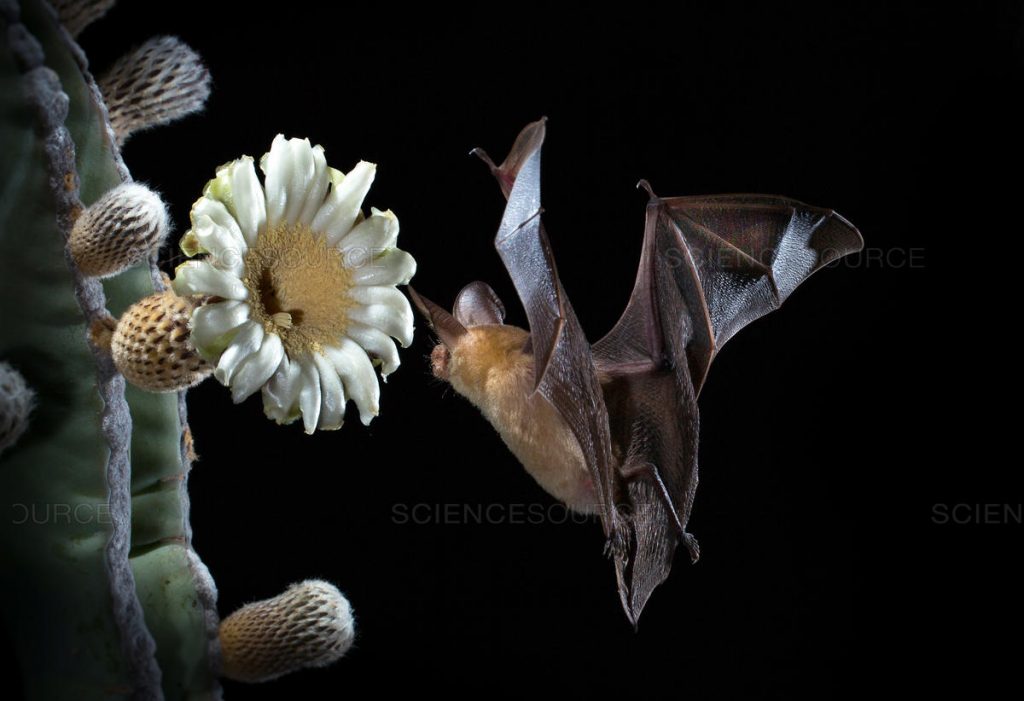
The first full moon of 2020 fell on January 10. It was quite spectacular, like every full moon in the Southwest, from low desert to high plains, foothills to mountain tops. Sitting in my sunroom cum conservatory, peering out into the garden on a mild winter night, I was enchanted by the ethereal glow the silvery light cast on the rather tatty garden. It brought to mind another moonlit garden I had planted in my memory, that at Sissinghurst Castle. Some years ago I was a guest and so could experience the garden alone. The White Garden was all that it never is in sunlight–spectral, in my imagination shades of Vita Sackville-West flitted through the pale blooms and glistening foliage.
When it comes to the design of a moon garden, it’s hard to beat the Japanese formula of a water to reflect or capture the moon and a plant that will similarly capture the silvery glow and scintillate in the evening breeze; natural water features have moon bridges from which to view the moon, and gardens planted with maiden grass, Miscanthus sinensis, that flowers in time for the annual celebration in August/September of the harvest moon. A moonlit night just forces you to step into the garden — the brisk night air makes everything seem sharper, more in focus and so easier to absorb every detail and print into the memory bank. Again, the Japanese have a specific term to identify the process of savoring and storing each instant as though it might be the last to keep you intent on the present: Ichigo Ichie. A just-published guide to this Zen-based practice describes how this can be incorporated in our hectic daily lives: “Every unrepeatable moment is a small oasis of happiness. And many oases together make an ocean of happiness.”

Certain plants are made for moonlight; the night-blooming cactus, of course. Trichocereus ‘Big Bertha’ is one to look for. It’s blooms open slowly to great feathery glistening orbs emitting a powerful scent that is an attractant to night pollinators like the hawk moth (when I first saw one I thought it was a nocturnal hummingbird.) Passionflowers, Passiflora alatocaerulea, bring them out as does the annual moonflower, Ipomoea alba, another beauty with dinner-plate-sized white trumpet flowers — it did really well in my central Texas garden.

A lot of press is being given to the loss of pollinators, with the focus being give to bees. But with the increasing popularity of mezcal and tequila, bat populations are threatened by depletion of agave plants used to produce the beverage; batcon.org is urging the desert gardeners of the southwest to plant agaves and other bat forage plants, including the Mexican cactus Pachycereus pringlei, the cardon cactus. Overtime in the wild it grows to great height, but one or two used as focal points in the garden remain manageable. Silver leaved plants, too, are excellent moon catchers, especially Convolulus cneorum, sometimes known as silver bush. It and the others mentioned here will all grow in pots so are well-suited to conservatories and greenhouses. Just fling open the doors to let the moonlight in and scent out. As Scott Ogden put it so well in the closing line of his book Moonlit Gardens, “In a darkened garden tenderly illuminated by the moon, we can find all our hearts require: a bit of pale stone, a few night flowers, and love.” Indeed.
Learn more about and order the books mentioned in this story by clicking these links: The Book of Ichigo Ichie and Moonlit Gardens
Get on board and save bats; there’s many ways outlined at Bat Conservation International’s website.


